Fresh blow to Sundarbans
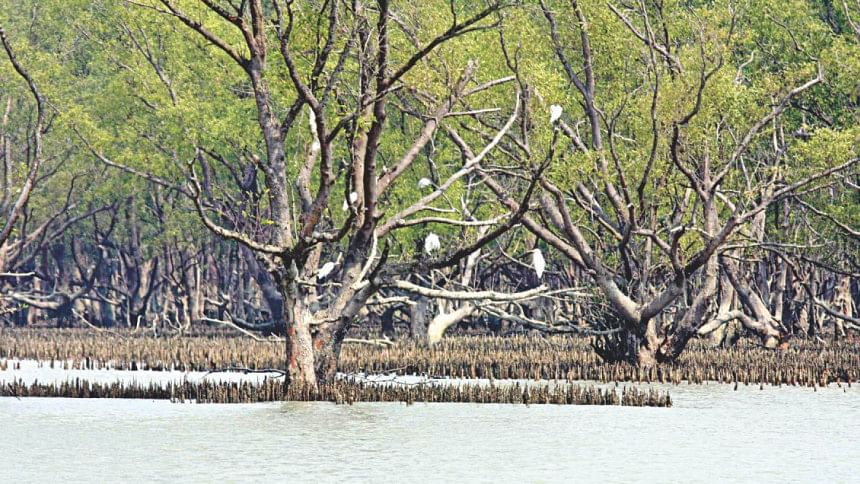
The government has decided to approve all industries currently operating in the ecologically critical area (ECA) of the Sundarbans.
The decision made by the National Environmental Committee in a meeting last week would legalise about 150 industries set up in 63 unions of 11 upazilas of five districts around the Sundarbans.
The meeting also decided to relax and change some rules and policies to allow industries, potentially risky for the environment, to run in the ECA.
"Already there are some industries operating in the ECA. The meeting decided to regularise those industries so that they operate in an environment-friendly manner," said Environment Minister Anwar Hossain Manju.
Asked if the regularisation would encourage more industries in the area, he said the ministry would not permit any industry without proper verification.
The move came at a time when the Unesco recommended the government to do a Strategic Environment Assessment (SEA) of the southwest region. The Unesco also recommended not to construct any big and large structure in the Sundarbans area until the SEA was complete.
The government agreed to do that in a meeting of World Heritage Committee (WHC) held last month in Krakow, Poland.
Prof Anu Muhammed, secretary general of the National Committee for Saving the Sundarbans, said the government was failing to keep its promises.
Earlier, it did not permit any polluting industries in the ECA of the Sundarbans but now the government has decided to legalise the industries.
"It proves the movement against the Rampal power plant is logical and is required to save the Sundarbans," he said.
He demanded the government stops the power plant project and not allow any hazardous industries in the ECA of the Sundarbans.
The environment ministry stopped issuing environmental clearance certificates to industries in the ECA in 2015 following a gazette notification in this regard.
The ministry has a large number of clearance certificate applications piled up. There were 16 applications for new permits and 118 for permit renewals.
An official present in last week's meeting said the government decided to relax some rules to allow LPG bottling plants in the ECA and changed the existing environment policy to permit LNG bottling industries there.
The Bangladesh Environment Conservation Rules 1997 does not mention LPG bottling industries. But all kinds of industrial gas, including Oxygen, Nitrogen and Carbon-di-Oxide, were put in “red category”.
Currently, the ministry categorises the LPG bottling plants in red, industries of which are not allowed in the ECA.
The Environment Conservation Committee and the forest department recommended in the meeting that LPG bottling plants be put in “orange category”.
Of the 149 industries already set up in the Sundarbans ECA, 27 are in red, 56 in orange-B, and 66 are in orange-A categories.
Apart from these, 21 industries of Mongla Port Industrial Area, 21 industries of Mongla Export Processing Zone (EPZ), and five other industries near the port area have the environment clearance even though those are in the ECA.
Sixteen other industries, eight of them LNG bottling plants, in the ECA have sought environment clearances.
Besides, many industrialists have bought farmland in villages near the Rampal power plant. Some of them have gotten environment clearances to set up industries on the land while some were waiting for their certificates.
This move is likely to encourage more hazardous industries in the villages, some of which are within a kilometre of the power plant.
Last week's National Environment Committee meeting was after eight years. In the previous meeting in 2009, the committee decided to permit industries in the Bhawal forest.

 For all latest news, follow The Daily Star's Google News channel.
For all latest news, follow The Daily Star's Google News channel. 

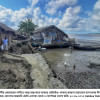
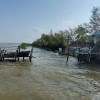

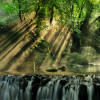
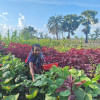


Comments